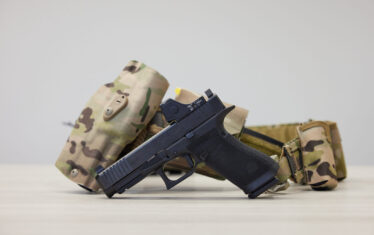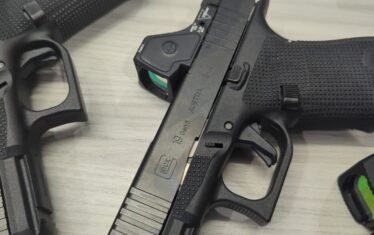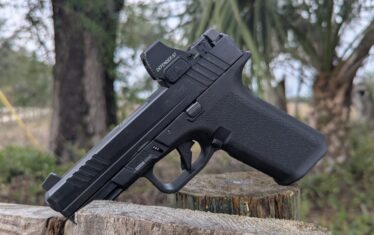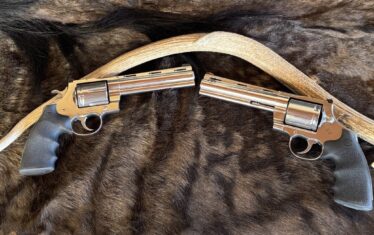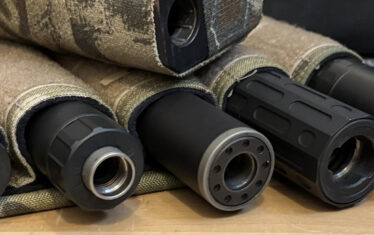You may be familiar with Fabbrica d’Armi Pietro Beretta S.p.A. The company is the world’s oldest continuously operating firearms manufacturer. It is also the world’s oldest continuously operating manufacturer of anything. Along the way, Beretta became not just the oldest, but one of the premier firearms companies on the planet.
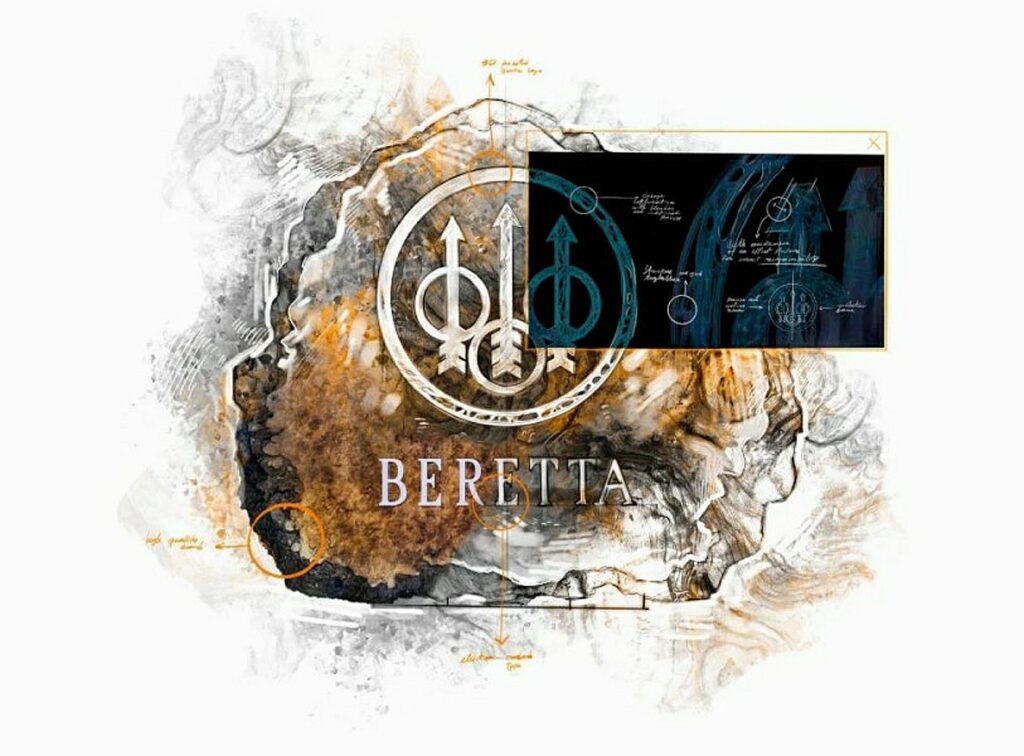
Beretta traces its history to a handwritten invoice from 1526. The invoice details the sale of 185 arquebus barrels to the Venice arsenal. The barrels were made by Maestro Bartolomeo Beretta of Gardone Val Trompia, Italy, then part of the Venetian Republic. The invoice still exists in the Venice state archives.
The company points out that Bartolomeo’s title of Maestro (Master) indicates that he, and probably his family, had already been in business for many years, though 1526 is the earliest firm date that we have.
The location is no coincidence. That part of Northern Italy is famous for its iron deposits, resulting in a large concentration of iron smiths and metalworkers. The company says the Beretta family began working iron there in the 1400s.
So, Beretta will soon celebrate its 500th anniversary, but the company is almost certainly years older than that. To put that in perspective, Beretta was making gun barrels before Bill Shakespeare was writing plays. In fact, they made barrels for over 40 years before Shakespeare was even born.
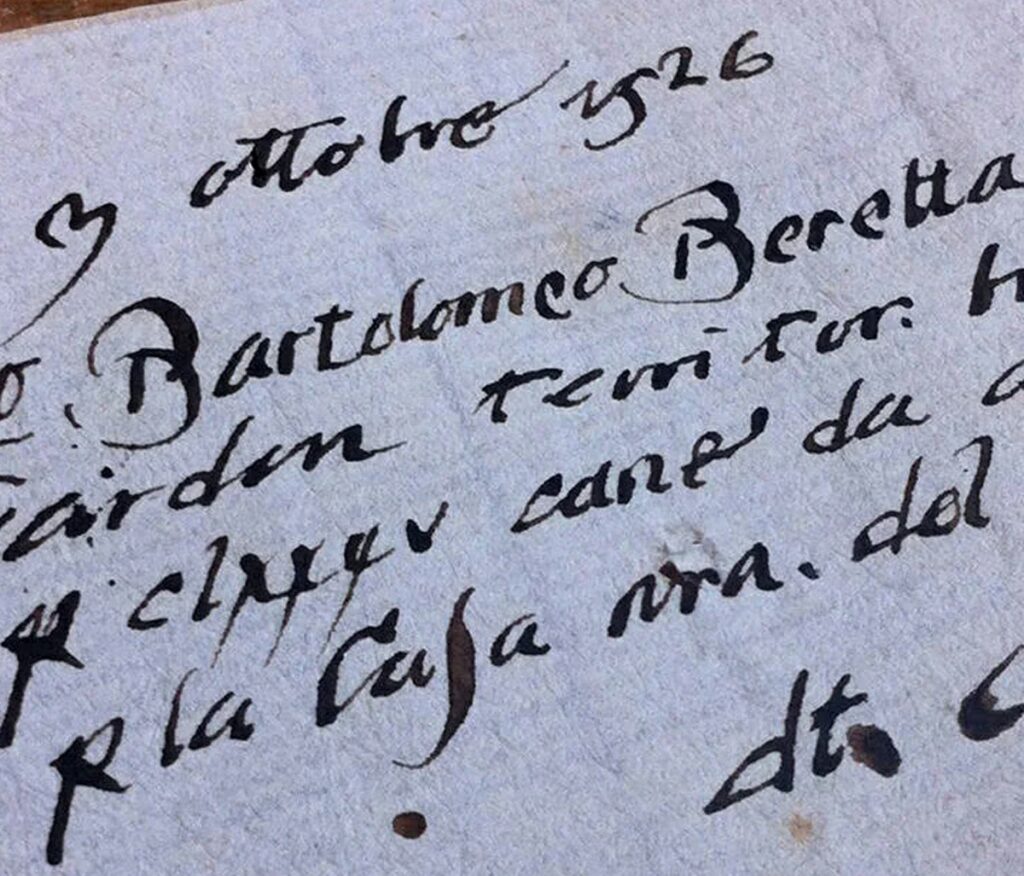
Growing the Family Business
Napoleon Bonaparte conquered the Venetian Republic in 1797, helping businesses and craftsmen by abolishing the guild system. Beretta could now export its products beyond the Venetian borders. The Napoleonic Wars meant high demand for barrels, and Beretta provided them for a nearby arms factory.
Napoleon’s reign ended for good in 1815, after which Beretta did business in Austria before looking closer to home. Pietro Antonio Beretta began traveling through Italy that year looking for business contacts and laying the groundwork for future enterprises.
Italy was a dangerous place in those days, with a patchwork of small states constantly at odds with one another. His efforts paid off, and Pietro officially established Fabbrica d’Armi Pietro Beretta in 1832. The company still bears that name. That’s why Beretta firearms are stamped “Pietro Beretta” and bear the “PB” logo.
Pietro’s son Giuseppe took his father’s example and expanded it over the European continent. Giuseppe also oversaw the company’s transition to making complete firearms, entering the burgeoning civilian market. Giuseppe grew Beretta from making 300 firearms per year in the mid-1800s to 8,000 firearms in 1880 alone.
Giuseppe’s son, another Pietro, continued the company’s growth, including building a dedicated hydroelectric plant in 1913 for the company’s power needs. Another hydroelectric plant was added in 1949, followed by a gas CHP plant in 1998 and a photovoltaic system in 2009-2010.

Pietro also modernized Beretta’s processes, patenting numerous machines and parts. The SO Shotgun series debuted in 1933. It was the first Italian over/under shotgun, heralding Beretta’s status as a world-class shotgun manufacturer.
The Beretta brand was taking shape. The company adopted the famous three arrows and circles logo in 1949 and it remains Beretta’s symbol today. The company eventually expanded from 130 Gardone employees to today’s 826.
Beretta contracted with the Italian military during both World Wars, supplying rifles, pistols, and automatic weapons. The Nazis seized control of the Gardone plant when Italy changed to the Allied side in 1943, holding Pietro hostage before Italian partisans freed him.
Beretta Goes International
Pietro’s sons, Giuseppe and Carlo, expanded their father’s legacy, further modernizing the company and expanding overseas. Italian Olympic Trap Shooter Galliano Rossini won Beretta’s first gold medal in the 1956 games. Beretta shooters also won gold in 1960, and a Beretta shotgun has won at least one gold in every Summer Olympics since 1972.
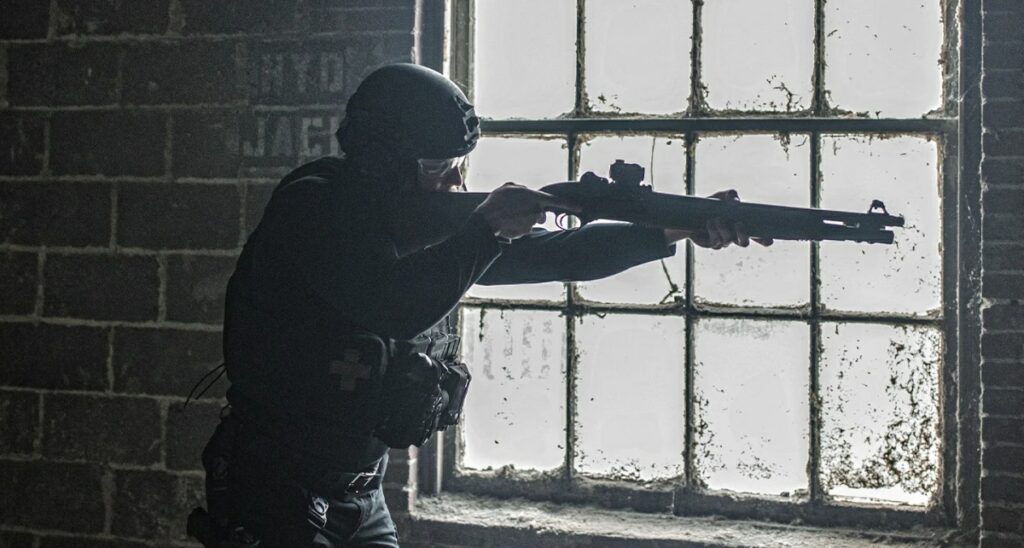
The 1960s saw Giuseppe and Carlo create distribution partnerships in the United Kingdom, France, Greece, and other countries. Beretta expanded to Brazil in 1974 and the United States in 1977. The company’s move across the Atlantic was made possible by the introduction of an iconic handgun: the Beretta Model 92.
The Beretta Flagship
Beretta is rightly recognized for its shotguns, which are among the finest anywhere. But the company’s flagship firearm from its introduction in 1976 is the Model 92 semiautomatic pistol.
An instant classic, the pistol’s design was nonetheless evolutionary rather than revolutionary. The familiar open slide was first implemented on the Beretta M1923 pistol, while the alloy frame came from the Beretta M1951, sometimes called merely the “951.” The falling block locking system came from the Walther P38, which also featured an open slide.
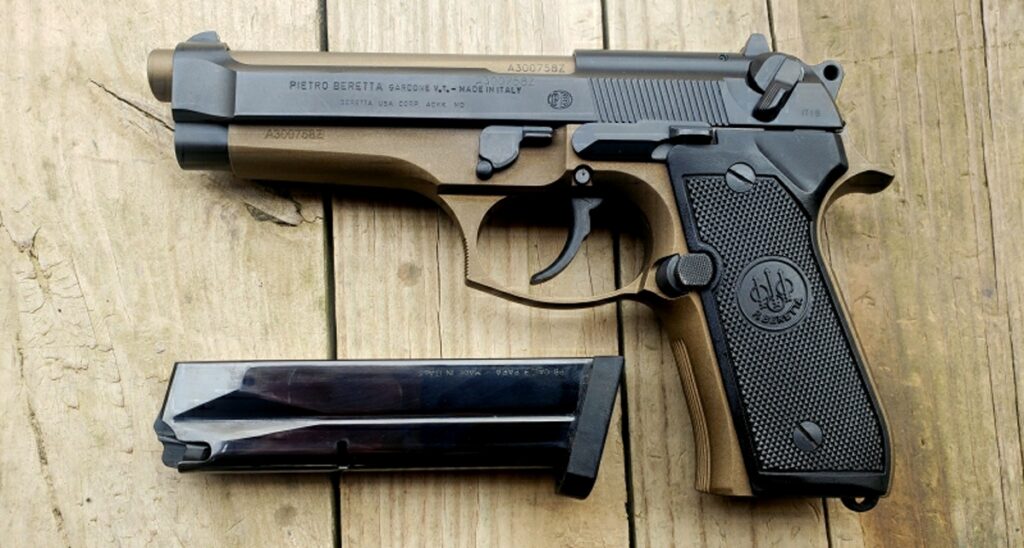
Despite not being original, those were all proven design choices. The open slide reduces weight and all but eliminates stovepipe malfunctions. The alloy frame makes the gun even lighter, without sacrificing strength in the 9mm chambering. Finally, the falling block locking system is extremely effective and reliable, contributing to the Model 92’s reputation for being a very safe handgun.
The original Model 92 also featured a Colt 1911-style frame-mounted safety catch, which was soon discarded for a P38-like slide-mounted decocker/safety lever. Beretta has further updated that mechanism through the years, most notably the decocker-only Model 92G.
Beretta sold the Brazilian facility to Taurus in 1977 to help fund the American expansion. That move paid off big when the 92F pistol won the US Military’s M9 trials in 1985. The contract stipulated that the guns be made in the United States. Thanks to the 1977 investment, Beretta was ready.
The M9 contract led to the Model 92’s adoption by police forces upgrading from revolvers to the new “Wonder Nines,” of which the 92 was an original. Hollywood helped introduce the 92 to the wider civilian market through movies like 1987’s Lethal Weapon and 1988’s Die Hard. The Model 92 was suddenly among the hottest handguns in the country, if not the world. The gun is still a Hollywood mainstay.
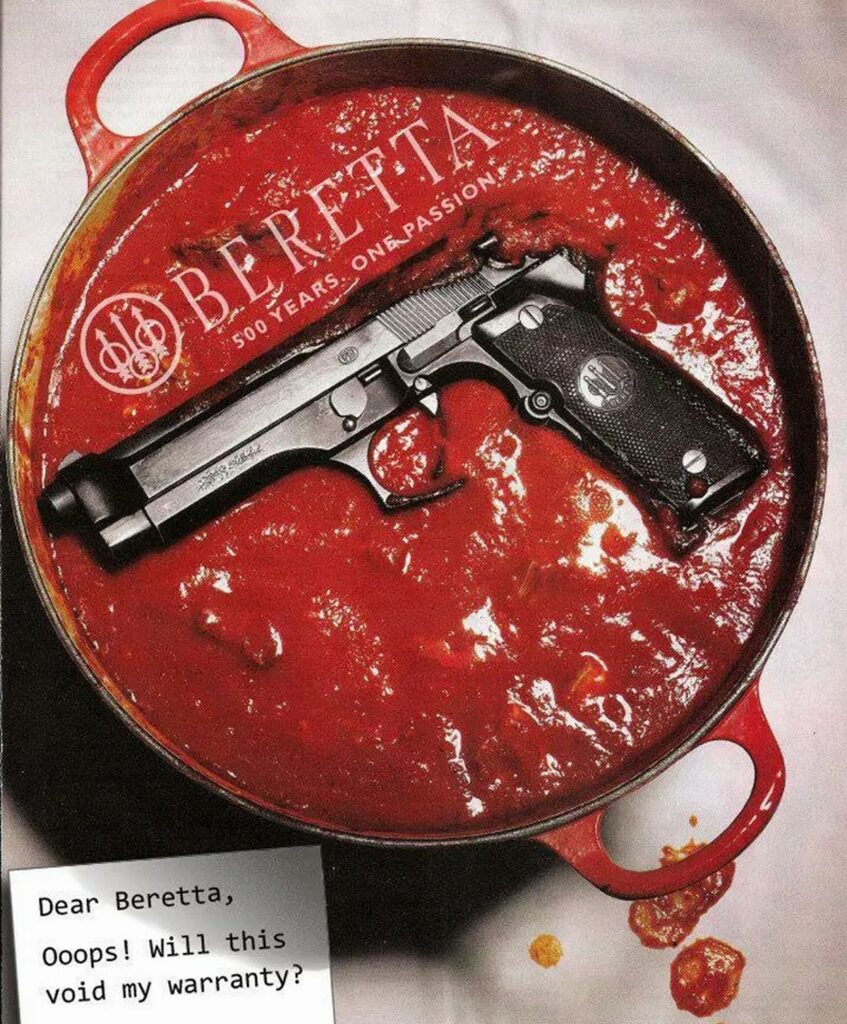
The Model 92 Series continues to evolve, with numerous available options. Though the US military and many police agencies have moved on, the 92 is still a civilian bestseller almost 50 years later, thanks to its quality and reliability.
Beretta Today
The Beretta family has owned and operated their namesake company for 15 generations. The company has never been acquired, bought out, or sold. They’re obviously doing something right. Beretta has never rested on its laurels, though some accuse the company of relying too heavily on past designs.
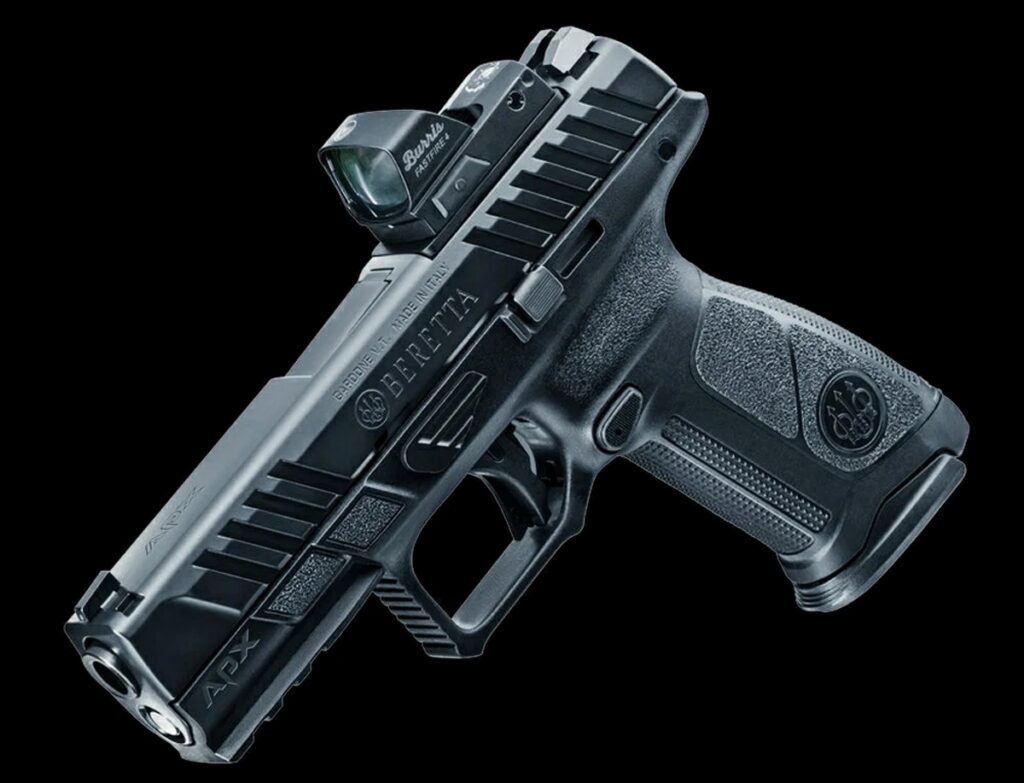
Some of those criticisms are justified, considering the company has yet to make much noise in the polymer-framed, striker-fired pistol market, despite the quality of the APX line.
It could be argued, however, that the polymer pistol market is oversaturated, causing some consumers to look for alternatives with more personality. Such attitudes could be a reason for the Model 92’s continued popularity, as well as Beretta’s recent revival of the popular 80 “Cheetah” Series.
The new alloy-framed 80X .380 caliber “Cheetah” is stylish in a way polymer pistols struggle to match. It looks much like a scaled-down Model 92, which is a good thing since the 92 is undeniably one of the sexiest handguns ever produced.
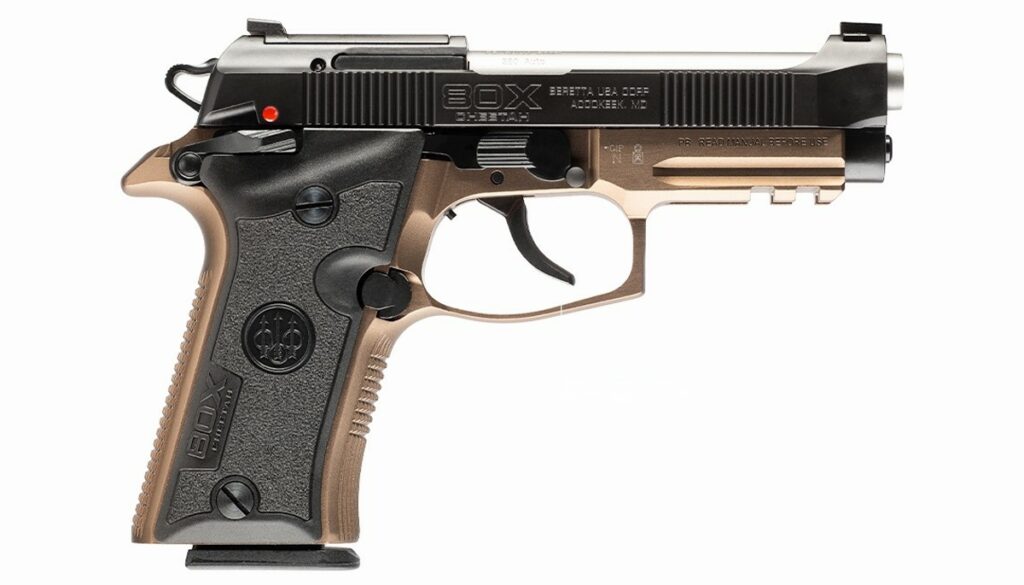
But handgun philosophy aside, Beretta continues to lead the world shotgun market with exciting offerings like the 1301, A400, and the recently released A300 line. And their luxury shotguns speak for themselves. Beretta has also just released the exciting new straight pull bolt action BRX1 rifle. The company delayed availability in the United States because of the rifle’s overwhelming popularity in Europe. Early reports rave about this gun.
On the military side, Beretta recently unveiled the New Assault Rifle Platform (NARP). The NARP has AR-15-like ergonomics, but the company has improved the action and performance, offering a cutting-edge modern military rifle.

Industry Giant
Beretta has been a family company for half a millennium. But the 21st Century Beretta is also a firearms conglomerate. Under the auspices of Beretta Holding, the company owns numerous brands, including prominent names like Benelli, Uberti, Burris, Franchi, Holland & Holland, Norma, Sako, Steiner, Stoeger, and Tikka, as well as Beretta itself.
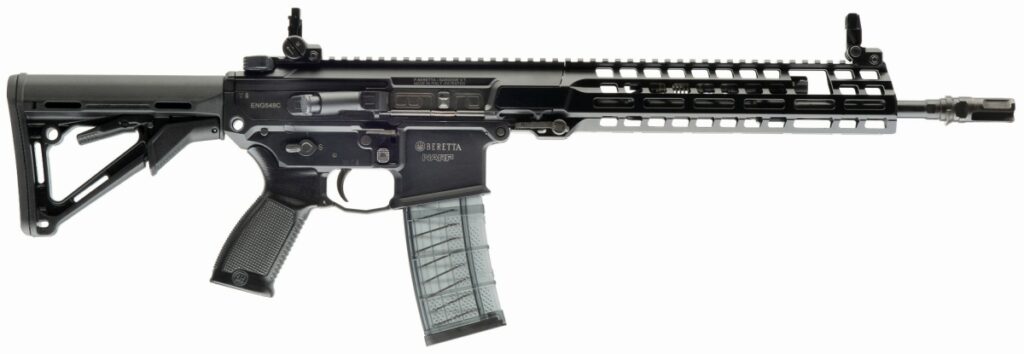
Beretta Defence Technologies was established in 2011 to jointly exploit the different specializations and strengths of Beretta, Benelli, Sako, and Steiner. This strategic production and trade alliance provides a unique and complete range of military products to meet every military requirement.
Taking the Long View
Beretta proudly proclaims its immunity to short-term influences, instead focusing on “widespread and long-lasting prosperity.” It seems a fair claim, considering the company’s history.
The results are difficult to argue with, generating 250.5 million Euros in net sales, across 90 countries, in 2021 alone. North America accounted for €88.4 million, over one-third, of those sales. Those numbers have likely risen in subsequent years.
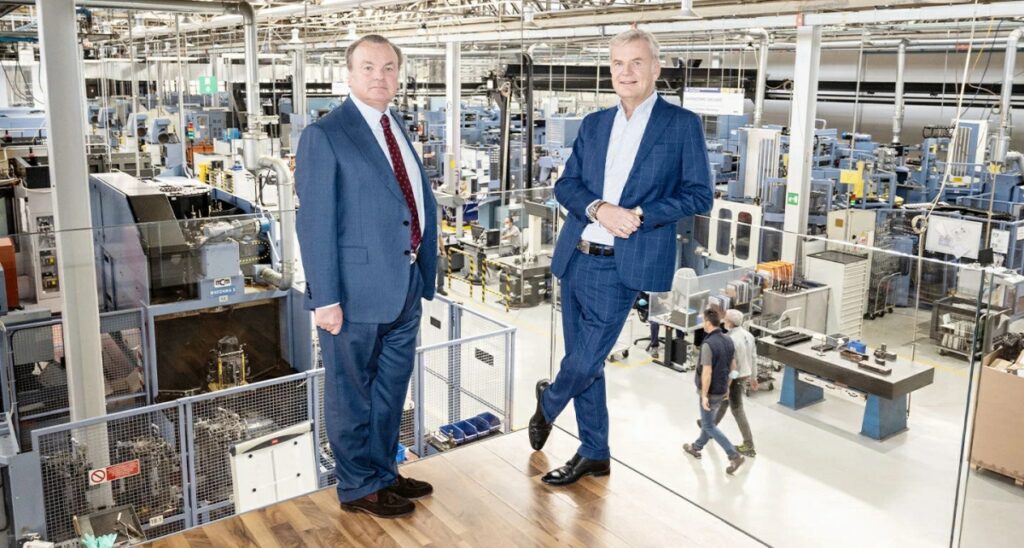
Whether Beretta is indeed “immune to time,” modern companies must be able to keep up with rapidly evolving technology and market demands. 500 years of experience, combined with a diverse market presence, seems to have positioned the company to effectively deal with those changes.
The family business has grown into an undeniable firearms giant. All indications point to Beretta maintaining that position for perhaps another five centuries and beyond.






